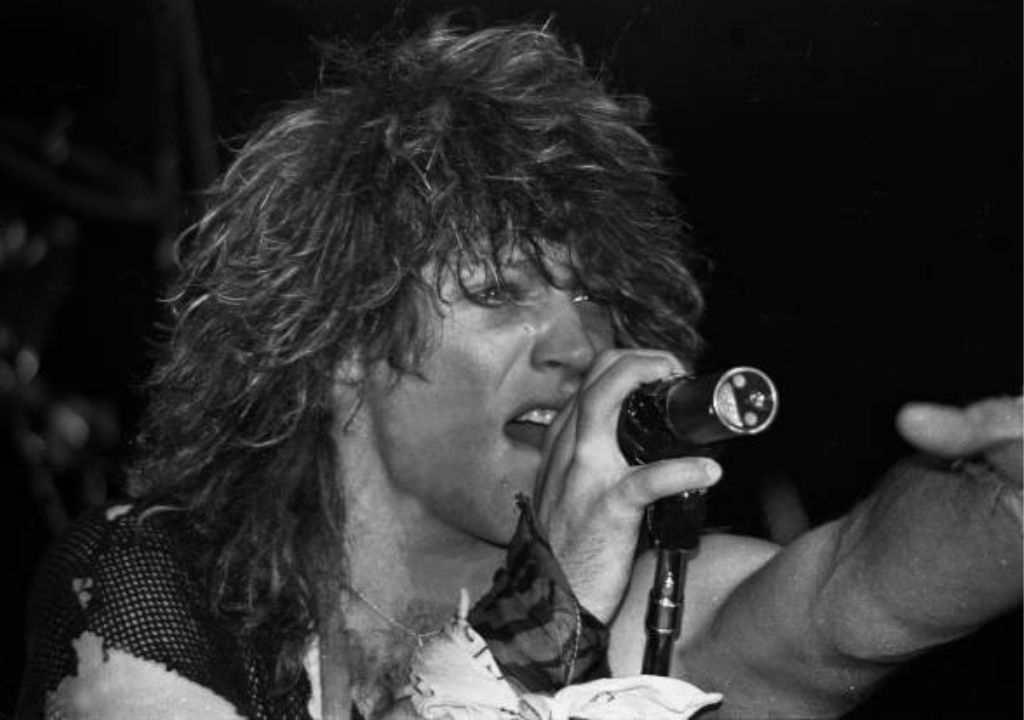
About the song
“Livin’ on a Prayer” by Bon Jovi is one of the most anthemic and defining rock songs of the 1980s. Released in 1986 as the second single from their third studio album, Slippery When Wet, the song quickly became a cultural phenomenon and cemented Bon Jovi’s status as one of the biggest rock bands of the decade.
Written by Jon Bon Jovi, Richie Sambora, and songwriter Desmond Child, “Livin’ on a Prayer” tells the story of Tommy and Gina, a young working-class couple struggling to make ends meet but determined to hold on to their dreams and each other. The song’s message of perseverance and hope in the face of adversity resonated deeply with listeners, particularly during a time when many people were facing economic challenges. The powerful chorus, with its unforgettable line “Whoa, we’re halfway there, whoa, livin’ on a prayer,” became a rallying cry for resilience and optimism.
Musically, the song features a memorable bassline, Sambora’s iconic talk box guitar riff, and Jon Bon Jovi’s soaring vocals, all of which contribute to its enduring appeal. The production, handled by Bruce Fairbairn, gave the track a polished yet energetic sound that was perfect for both radio play and arena performances.
“Livin’ on a Prayer” was a massive commercial success, reaching No. 1 on the Billboard Hot 100 chart in the United States and staying there for four weeks. It also topped the charts in several other countries and has since become one of Bon Jovi’s signature songs, played at almost every concert and a fan favorite to this day.
The song’s influence extended beyond its initial release, as it has been featured in various movies, TV shows, and even political rallies, symbolizing hope and endurance. In 2013, it was inducted into the Grammy Hall of Fame, further solidifying its place in rock history.
In summary, “Livin’ on a Prayer” is more than just a hit song; it’s a timeless anthem that captures the spirit of determination and the power of hope. Its success and lasting impact are a testament to Bon Jovi’s ability to create music that speaks to the heart of the human experience, making it one of the most iconic songs of the 1980s and beyond.

